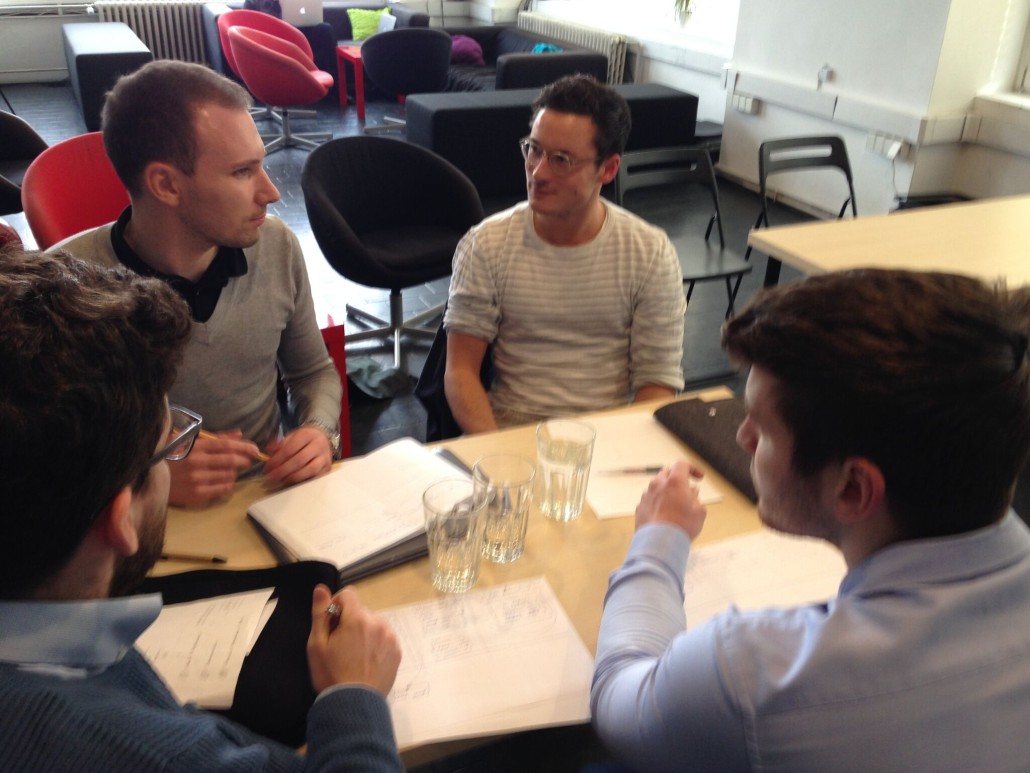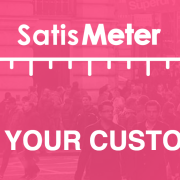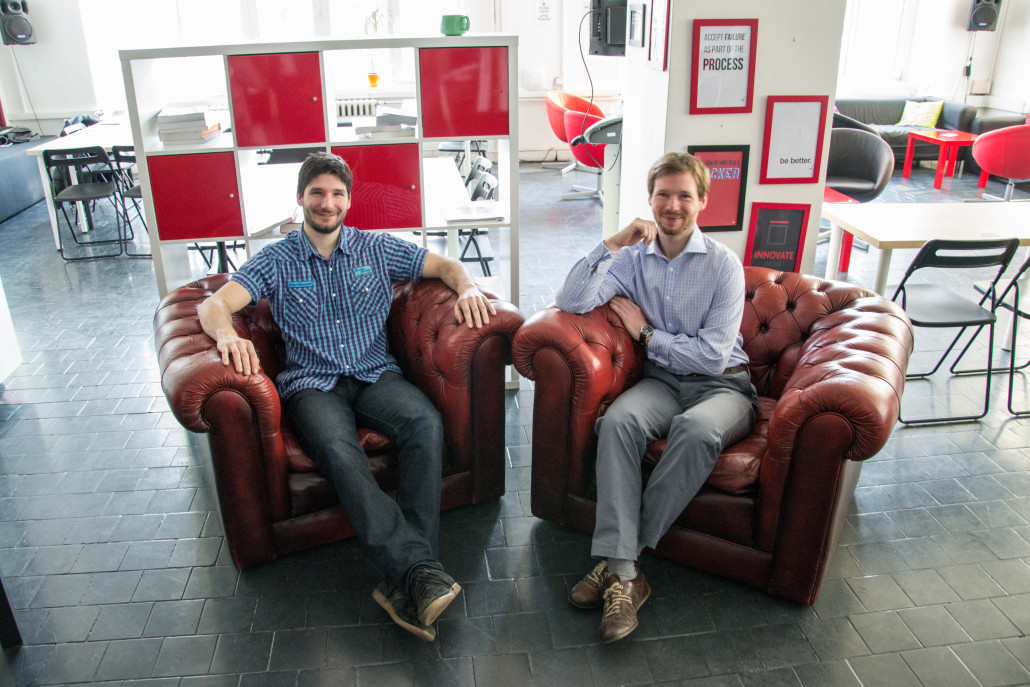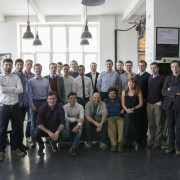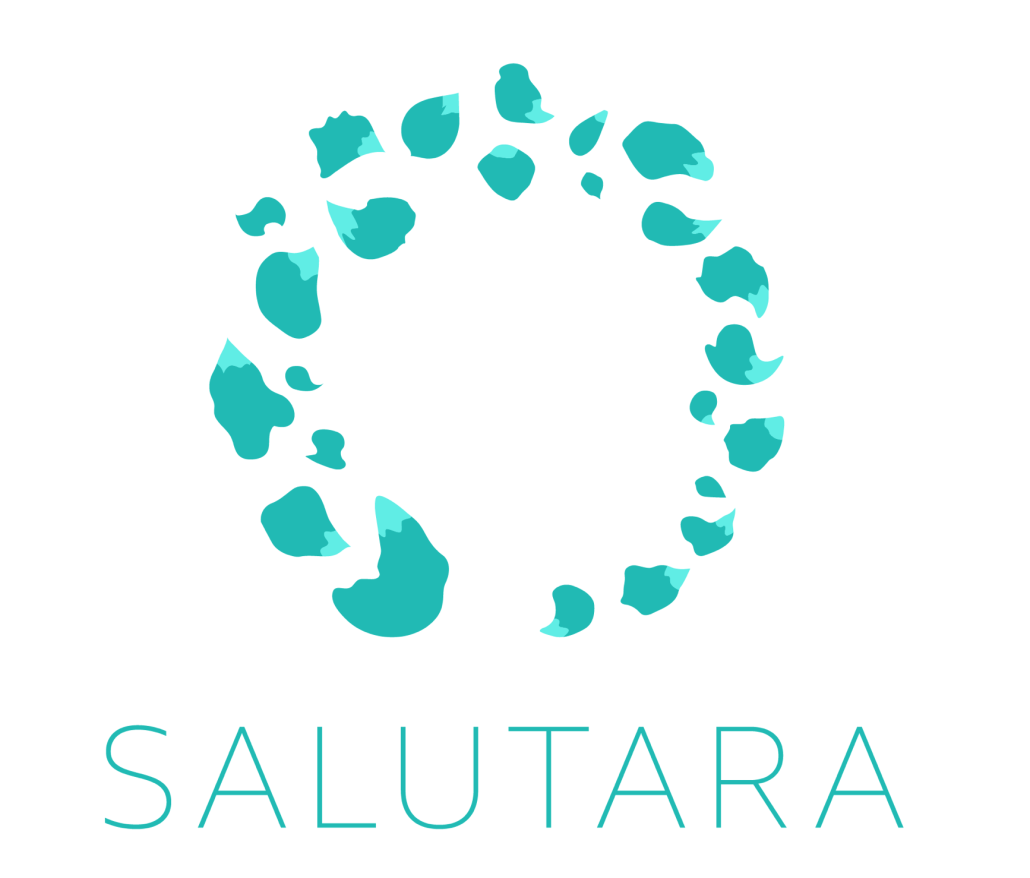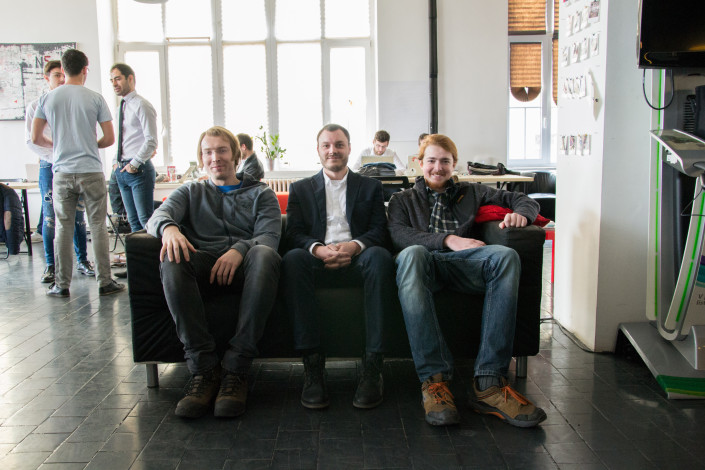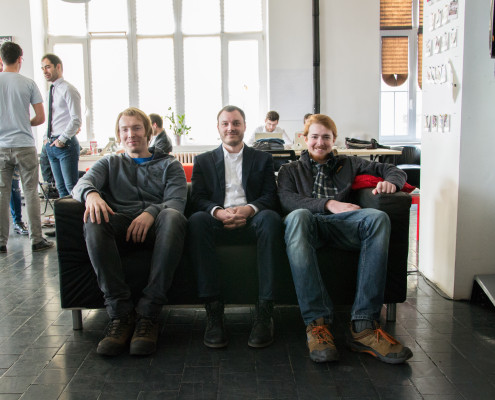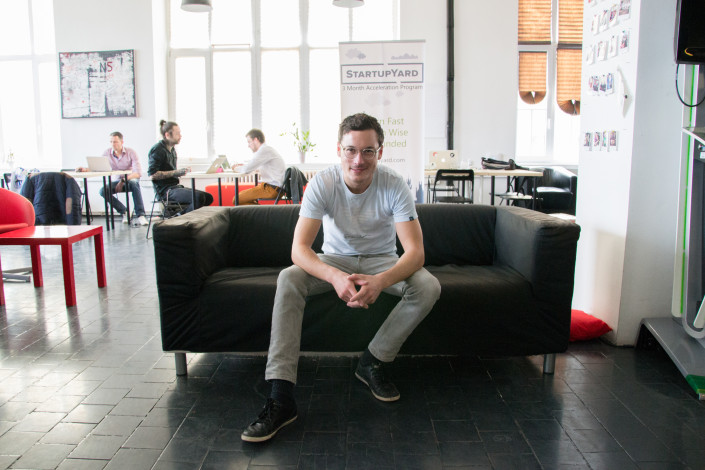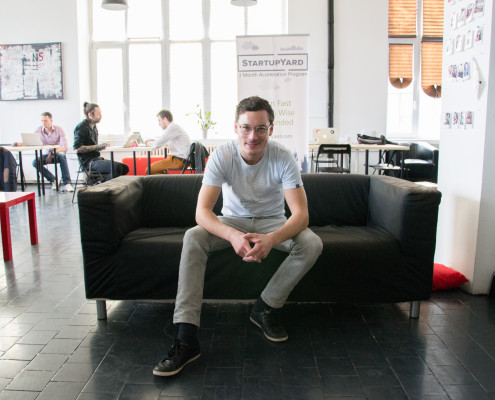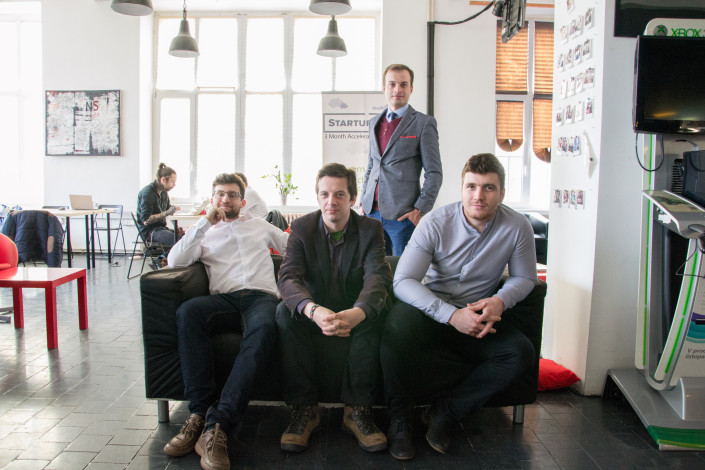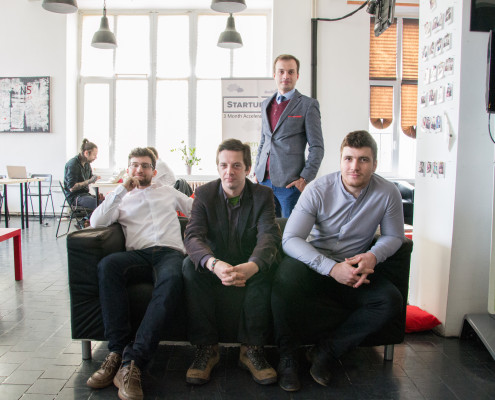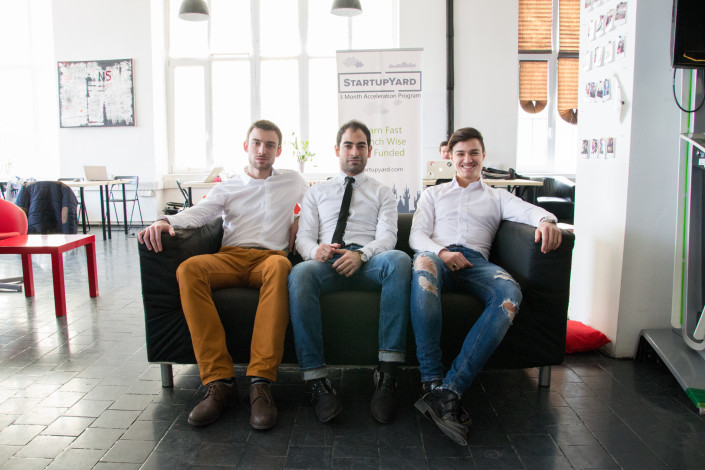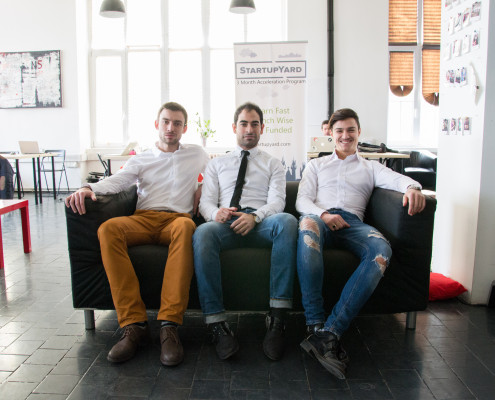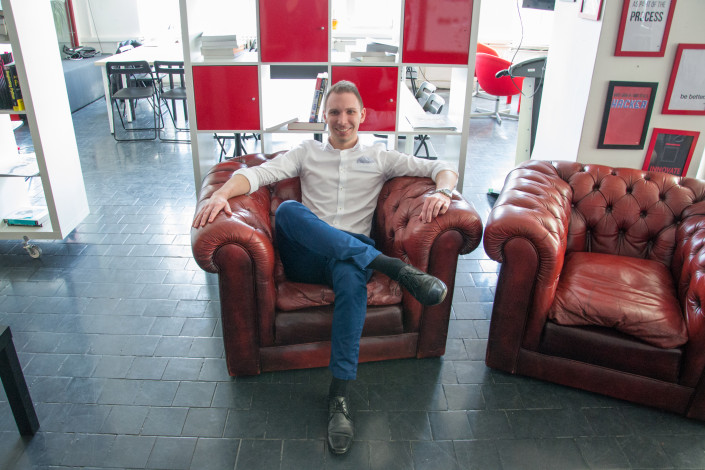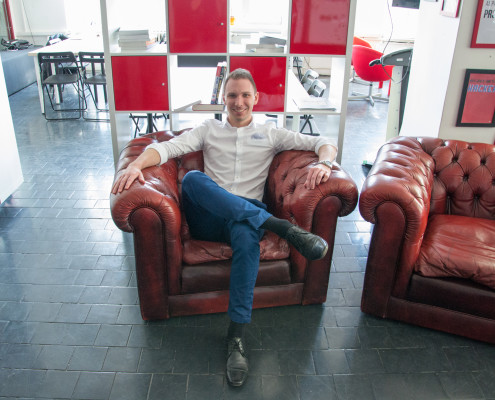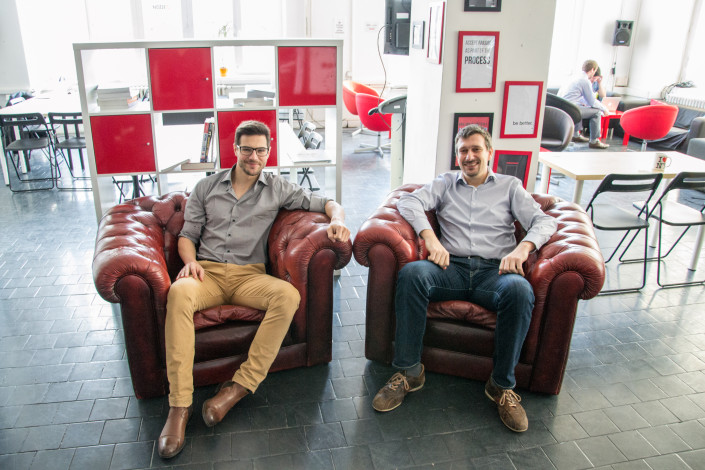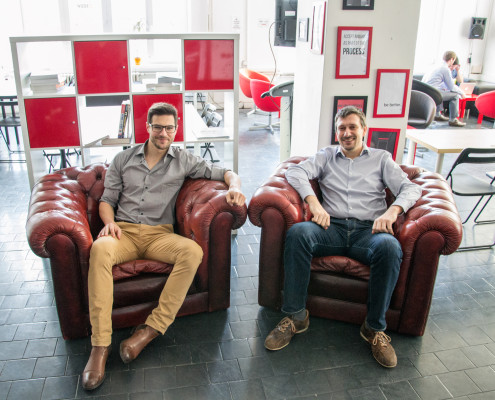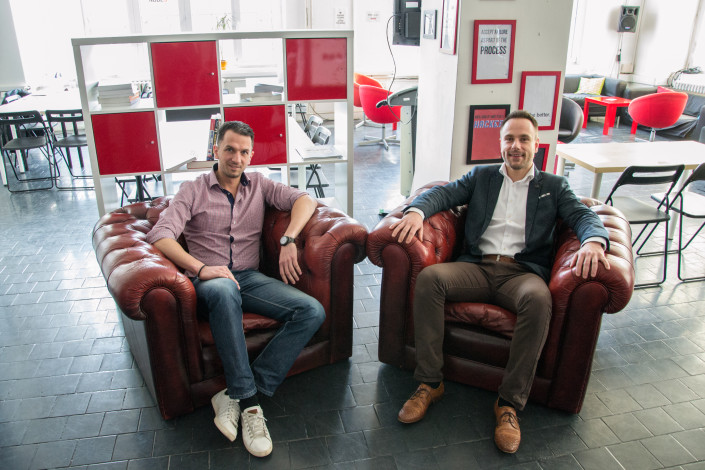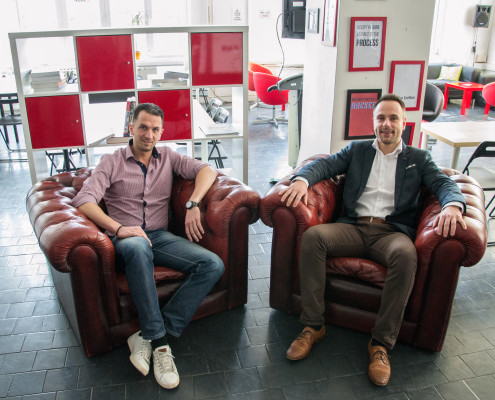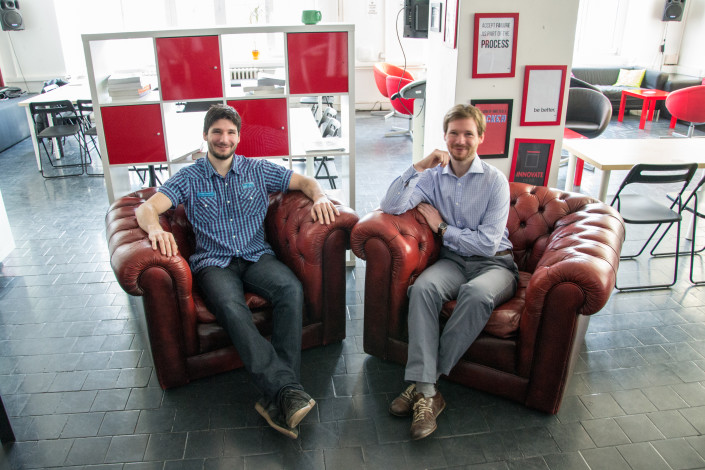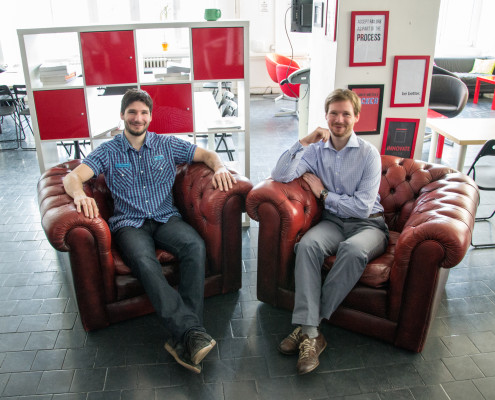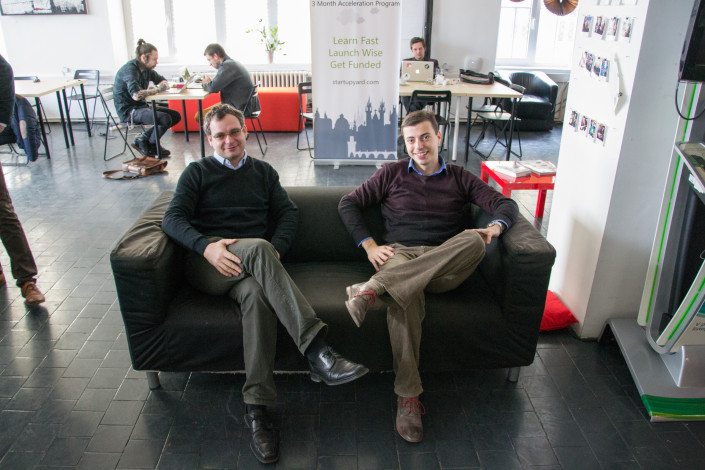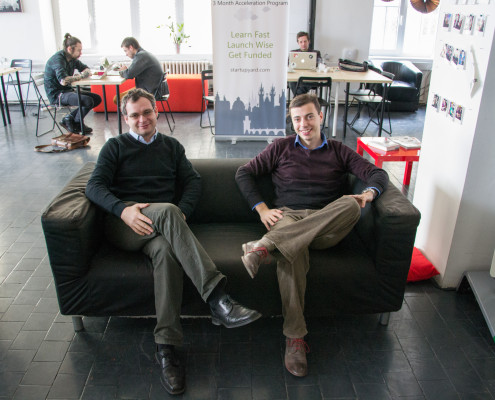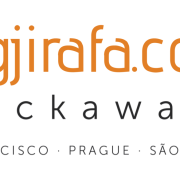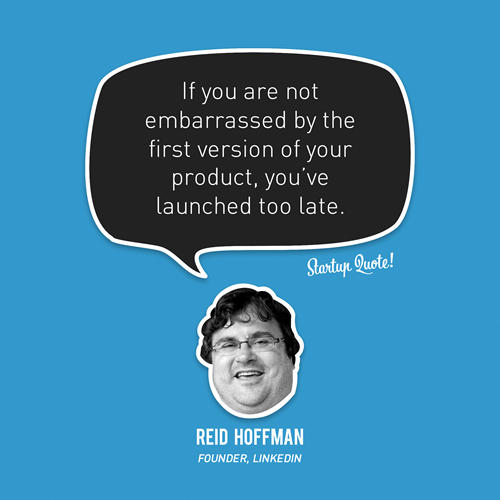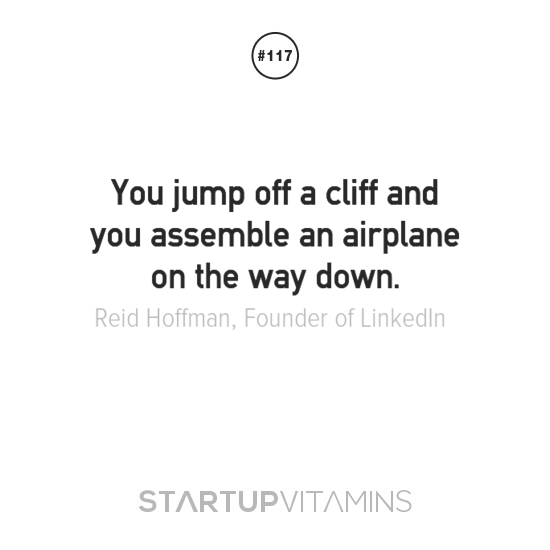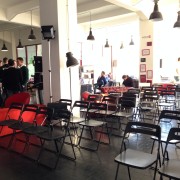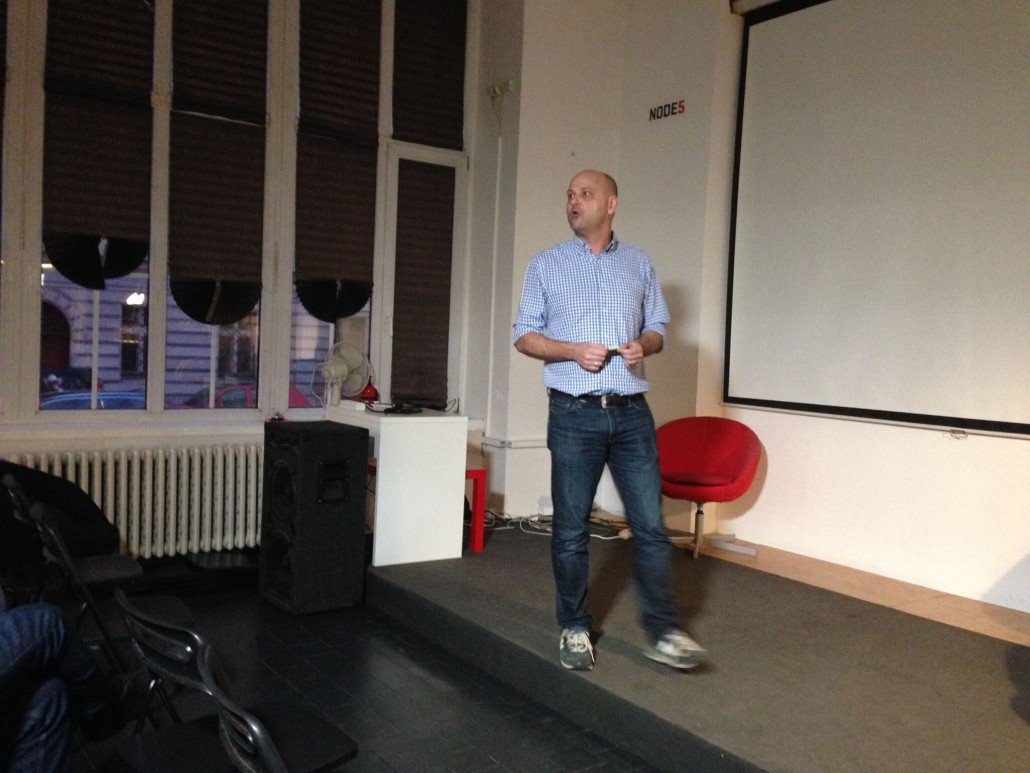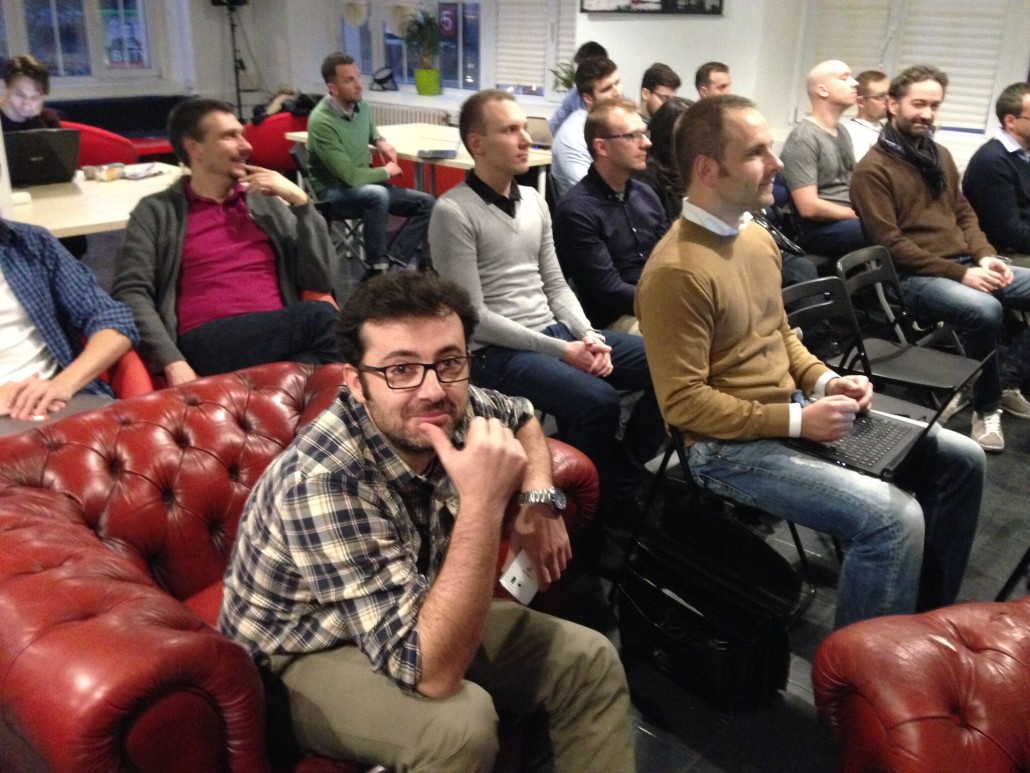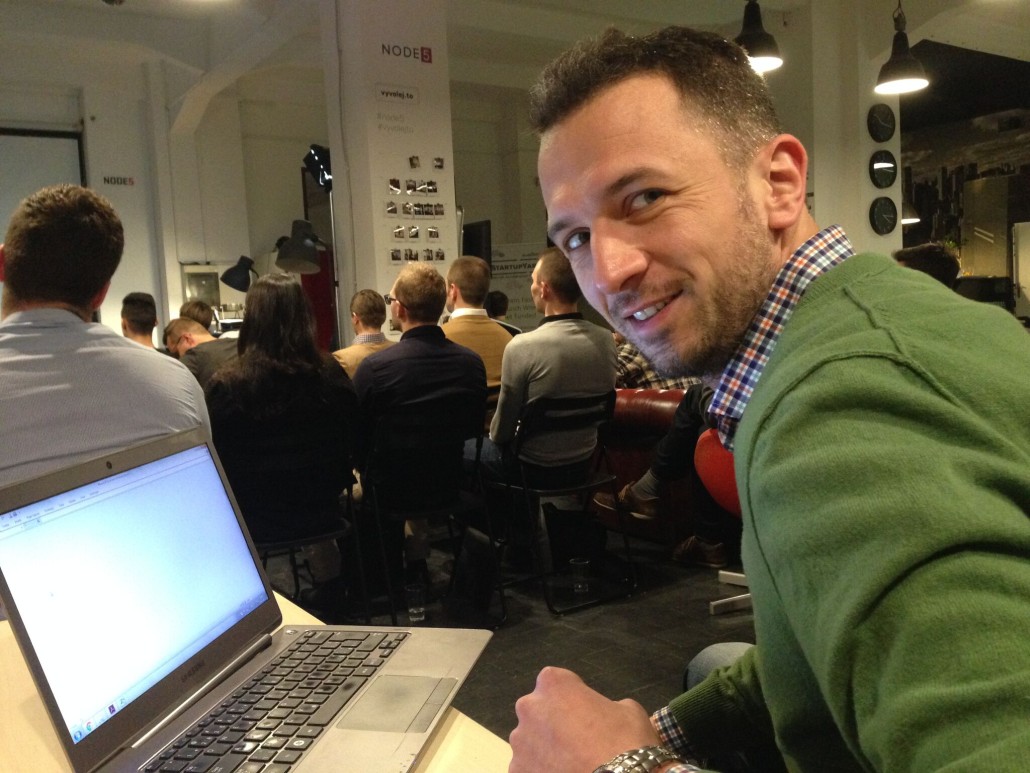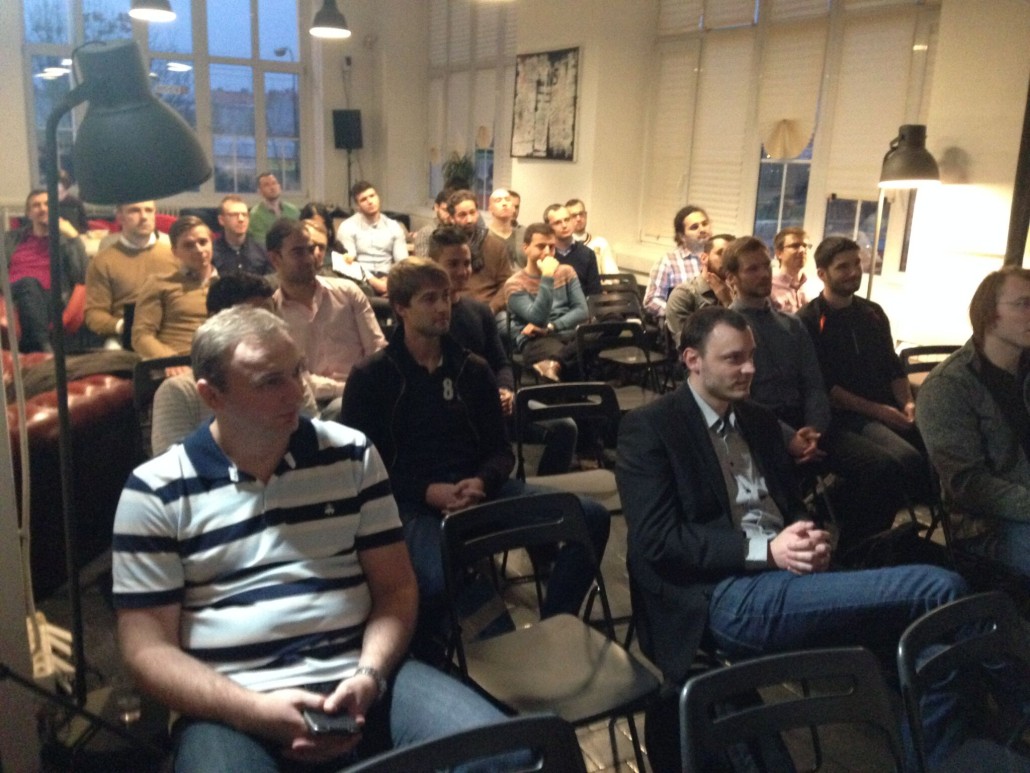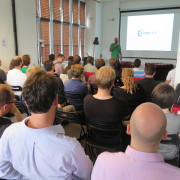Claimair: Fighting For Air Passengers’ Rights
ClaimAir helps travelers fight the airlines for compensation, because fliers don’t have the time and resources to do it themselves.
It’s is an automated platform that handles the end-to-end process of claiming owed compensation for delays, baggage mishandling, etc. Did you know that the average compensation owed was over 300 Euros?
I sat down this week with Jakub Ladra, Founder and CEO of ClaimAir, one of our 2016 Startups. Here’s what he had to say about fighting for the rights of passengers all over the world:
Hi Jakub, tell us a bit about ClaimAir, and why you decided to fight for the rights of airline passengers.
Hi Lloyd, thanks for asking. Let me ask you a question: the last time you had a flight delay, or a lost bag, how much money did the airline give you in compensation?
Now, if you’re like most people, the answer is that you didn’t get anything, or maybe the airline gave you enough money for a meal at the airport. But what people don’t know is that the airlines routinely owe much more, often hundreds of euros per person, for a delay or mishandling of bags.
ClaimAir makes sure travelers get flight and baggage compensations when they are lawfully owed by the airlines. Since ClaimAir works as an automated platform which allows us to process claims in high volume, we can provide our service not only directly to the travelers but also to our business partners.
These partners are companies like flight booking platforms, travel agencies, travel itinerary management systems, etc. We believe that our service can help them improve customer relationships, loyalty and last but not least, it gives them a strong competitive advantage. On the other hand, these partnerships help us to overcome our biggest challenge, which is the fact that travelers are not well aware of their rights and airlines usually take advantage of it.
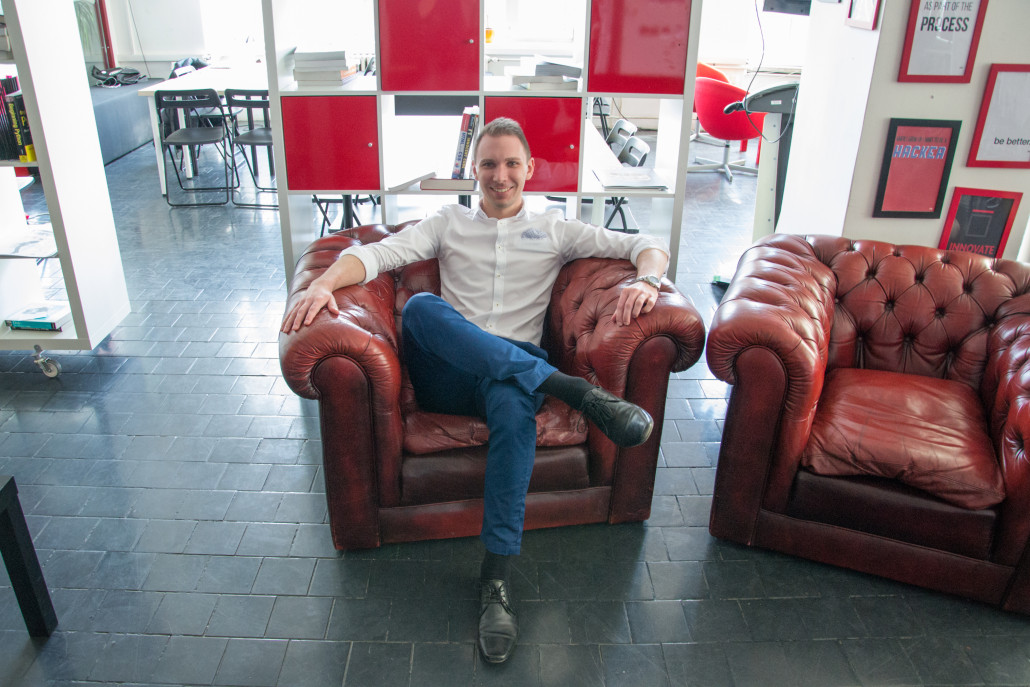
Jakub Ladra of ClaimAir. Jakub has extensive experience in the airline industry, and wants to fundamentally change the way airlines treat their customers.
Back to your second question, my journey with air passenger’s rights started at the university when it was the topic of my thesis. It was in 2007 and no surprise, the thesis ended up in a box – luckily, not forever. I went through a couple of aviation-related corporate jobs, but I always knew it wasn’t what I wanted. I love the startup environment and the feeling of freedom which, in combination with my knowledge, naturally led to ClaimAir.
Do you see your mission as more than just taking advantage of the laws and regulations?
For us it’s not just about taking advantage of the laws and regulations. We live in an experience economy where customer service should be a priority. Trouble with your flight just happens, and obviously brings a lot of stress and frustration into your life. So our goal is to make the rules around air passenger’s rights as clear as possible and make air travel an even more comfortable way of exploring the world. We also have some plans that don’t relate to the regulated stuff, but I can’t tell you more at the moment.
What are some of the most common mistakes that air travelers make when it comes to getting what is owed them for delays, disruptions, and lost bags?
I wouldn’t call them mistakes. Travelers simply don’t know they are owed compensation and that airlines are in fact legally obliged to pay them out. For instance, when your flight is delayed for more than 3 hours on arrival, you can get €600 paid in cash. Regarding the baggage, the compensation can be up to €1,500. These are pretty good sums that airlines wish to be kept secret. Moreover, when you complain by yourself, the airline usually responds by using complicated legal arguments that you have no chance to understand and work against. The average traveler feels powerless next to the airlines.
What does it take, legally, to get an airline to pay legal compensation? Why is it so hard?
Naturally, it’s a common practice of a majority of airlines to keep their compensation budgets low. Therefore, if you don’t know the rules precisely and if you are unable to submit a strong letter of complaint by using relevant legal arguments, your chances to success are close to zero. The airlines usually respond by using some tricky legal provisions that exempt them from liability, but most of them are taken out of context. Overall, the legislation is damn complex and contains many grey zones, so it’s just difficult for an ordinary traveler to cope with it.
Let’s talk a bit about the numbers. How many travelers a day could benefit from your service? What are some of the other important industry stats?
Although I’ve devoted my professional career to aviation, I’m always amazed about those daily numbers. There are more than 9 million travelers transported by air every day and approximately 800 thousand of them are affected by any kind of flight disruption or baggage mishandling. It’s also worth mentioning that the average compensation we got for our customers in 2015 was €320. There are also projections that air travel industry should double in next 20 years.
Your team is growing quickly. What do you see as your biggest challenge as a company in the near term? What keeps you up at night right now?
A: Extremely quickly! If everything goes well and in line with our plans, we should have more than 100 employees by the end of 2016, which is the thing that actually keeps me up at night these days. Have I mentioned that we are hiring? (laughs)
What kind of people are you looking for?
Anybody who speaks fluent English, has a passion to learn new things from the aviation industry and is willing to use the latest technology is more than welcome to reach out. We are currently based in Prague, but our goals are far beyond the borders of the local market. If any of your readers want to be a part of an international startup environment with a vision and strategy to create something big, I can’t wait to meet them.
Where do you plan for ClaimAir to be, as a company, in 5 years time? What will be your mission then?
We’re still an early stage startup so I primarily hope that we will still exist in 5 years. (laugh) But anyway, I have a clear vision of a perfectly seamless process of customer care that I would love to bring into life.
I would really like to have our service integrated with various travel solutions, so every time your flight goes wrong, we would automatically notify you about important facts and we would get you money without any intervention from your side. In other words, we would like to solve your traveling troubles in real time so you can feel secure, and as a bonus, the compensation will be automatically credited to your bank account.
Have any of the StartupYard mentors had an especially powerful impact on your trajectory as a company? How so?
Not only mentors but all StartupYard team members, including you Lloyd, are extremely supportive and dedicated. I can’t thank you enough for allowing us to be here and for supporting our goals. I am sure that we wouldn’t make such a progress in just a few weeks otherwise. We’ve met more than 70 extremely experienced mentors yet and sorry, I can’t mention anyone in particular because I value all of them the same. They are busy professionals and they give us their precious free time to move our businesses forward. We got numerous valuable insights into our business as well as several important introductions to our potential business partners. I’d definitely recommend other early stage startups to do their best to make it into the next StartupYard’s batch.
This space has some active players already. Why is there room for ClaimAir in this market?
Of course, but I always find competitors as an important part of every industry. Their presence confirms that our business is viable and they also help us educate and evangelize the market. Why is there room for us? Remember the figures? 9 million travelers are transported by air every day. Moreover, we are the only ones who deal with baggage-related issues and I hope that our focus on a technology will quickly make us one of leading players.
Are you looking to raise investment right now?
Yes. In order to carry out our business plan, we are looking for an initial €300k investment.


